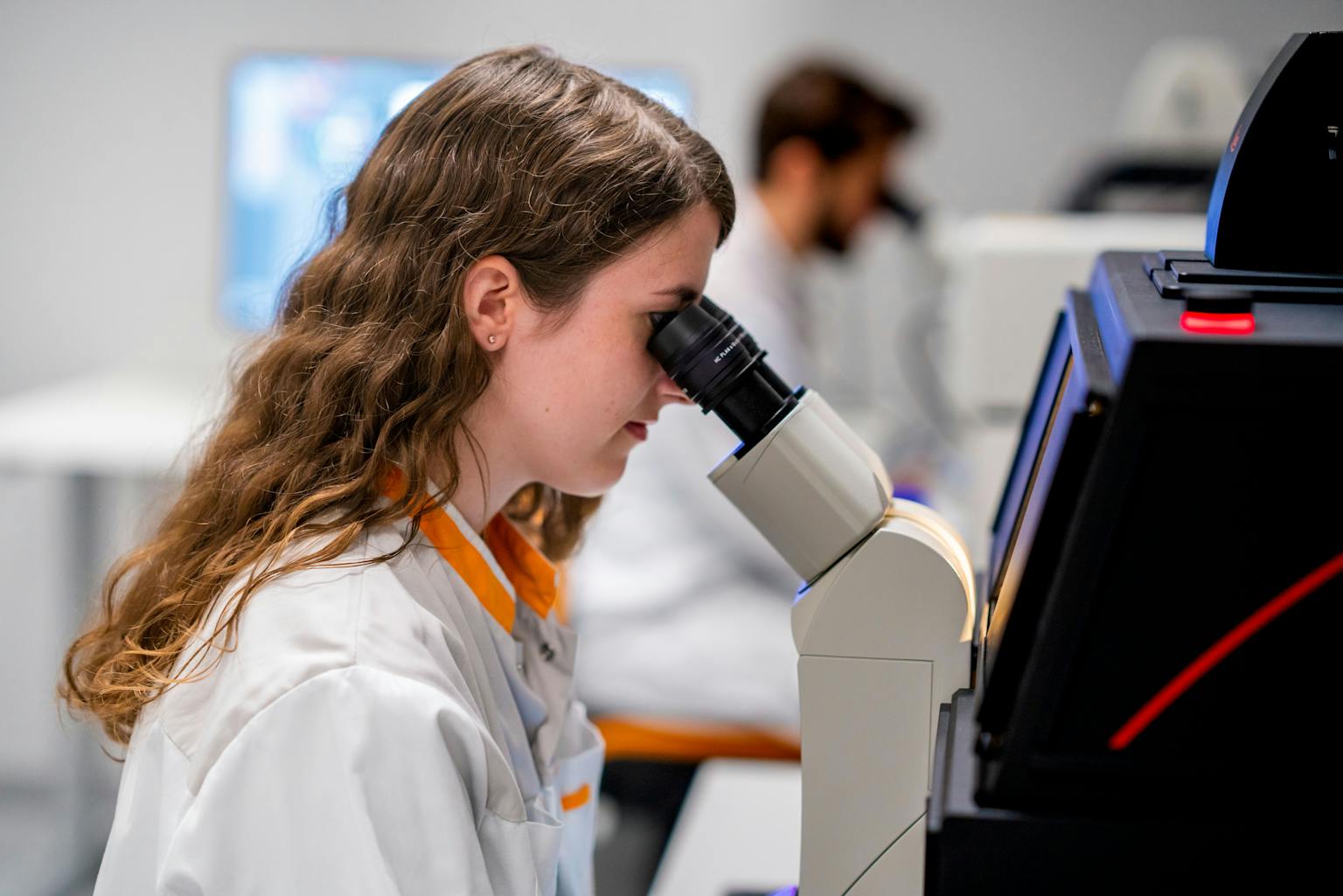All funding options
Researchers affiliated with any scientific institute in the Netherlands can apply for financial support for research projects that clearly focus on childhood cancer. Support can be requested for fundamental, (pre)clinical, epidemiological, or psychological research and should focus on one or more specific research questions. On this page, you can read more about the different funding options that KiKa offers. If you have any questions, please visit the page with frequently asked questions.

General requirements
Researchers affiliated with any scientific institute in the Netherlands can apply for financial support for research projects that clearly focus on childhood cancer. Support can be requested for fundamental, (pre)clinical, epidemiological, or psychological research and should focus on one or more specific research questions.
Data generated through any type of funding should be made publicly available unless they require specific protection. If confidential data are generated, a strategy for protecting these data should be described in the application.
Funding options
KiKa has the following funding options for researchers working at scientific institutions in the Netherlands:
Research projects:
- A research project can have a maximum of two project leaders. If more than two project leaders are assigned, a proper justification must be provided in the application.
- Collaboration with international research groups is permitted for a research project if it clearly adds value. A maximum of 49% of the total requested budget can be assigned to the portion of the research conducted outside of the Netherlands.
- In principle, the duration of a research project is maximized at four years. Longer durations are possible if the necessity is properly justified in the application. In such a case, the budget tool for research programs can be used for the proposed budget instead of the budget tool for research projects.
- There is no limit to the budget that can be requested. However, the requested amount should correspond with the proposed work and necessary supplies. This will be evaluated by the Scientific Board.
- The recommended size for a research project is a maximum of 1 FTE scientific personnel and 1 FTE non-scientific personnel per year. It is possible to request more personnel, but this must be well justified in the application.
Pilot projects:
- Pilot projects have the specific aim to explore the feasibility of an extraordinary, innovative research proposal (high risk, high gain). The aim of a pilot project is to determine if a research proposal offers viable opportunities. If successful, a pilot project can form the basis for a research project.
- A pilot project can have a maximum of two project leaders. If more than two project leaders are assigned, a proper justification must be provided in the application.
- A budget can generally be requested for a maximum of 1,5 years.
- There is no limit to the budget that can be requested. However, the requested amount should correspond with the proposed work and necessary supplies. This will be evaluated by the Scientific Board.
- The recommended size for a pilot project is a maximum of 1 FTE personnel per year. It is possible to request more personnel, but this must be well justified in the application.
Research programs:
- This funding type is specifically designed for elaborate research proposals, consisting of multiple complementary work packages.
- Research programs for instance enable the tackling of multiple (multidisciplinary) research questions within an overarching research project and enable projects that require large or complex collaborations.
- The added value of a research program compared to multiple individual research projects should be demonstrated in the application.
- A clear plan for the valorisation and translation of the research findings generated by a research program should be included in the application.
- Collaboration with international research groups is permitted for a research program if it clearly adds value. A maximum of 49% of the total requested budget can be assigned to the portion of the research conducted outside of the Netherlands.
- A research program can have a maximum of two program leaders. If more than two program leaders are assigned, a proper justification must be provided in the application.
- A budget can be requested for a maximum of 6 years.
- A maximum budget of €3 million can be requested.
Other (international) funding options
Public-Private Partnerships (REACT-NL program):
More information can be found here.
FIGHT KIDS CANCER:
Since 2023, KiKa has partnered with FIGHT KIDS CANCER (FKC). This is a collaboration between several European foundations: KickCancer (Belgium), Imagine for Margo (France), Fondation Kriibskrank Kanner (Luxembourg), CRIS Cancer Foundation (Spain), and KiKa. FKC aims to promote trans-European collaboration in childhood cancer research. To achieve this, FKC funds clinical and preclinical studies conducted by European research consortia. More information about FKC and their upcoming calls can be found here.
Questions?
If you have any questions or doubts about submitting an application to KiKa, you are welcome to consult the KiKa research team in advance. Please get in touch via research@kika.nl.
Take a look at





